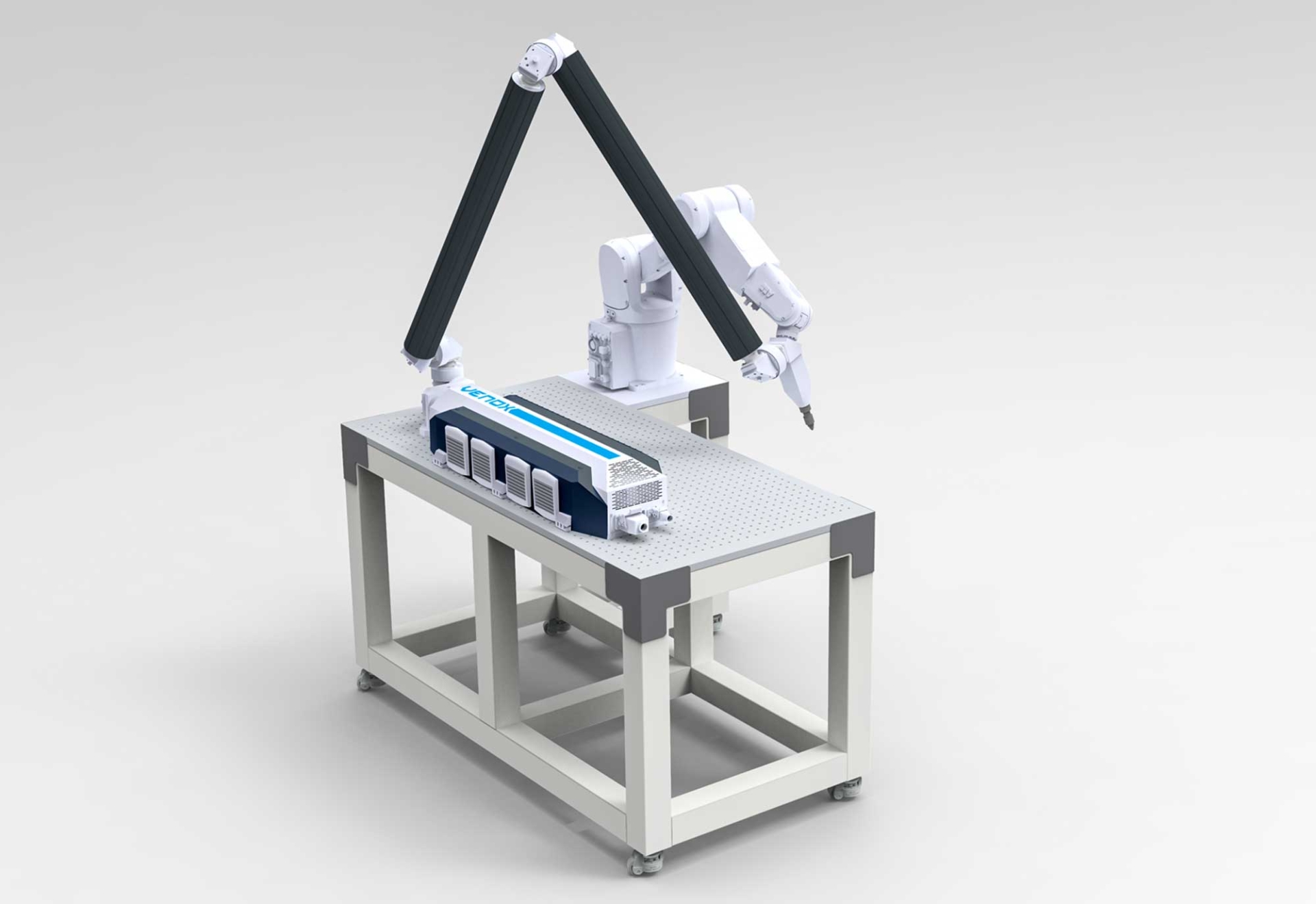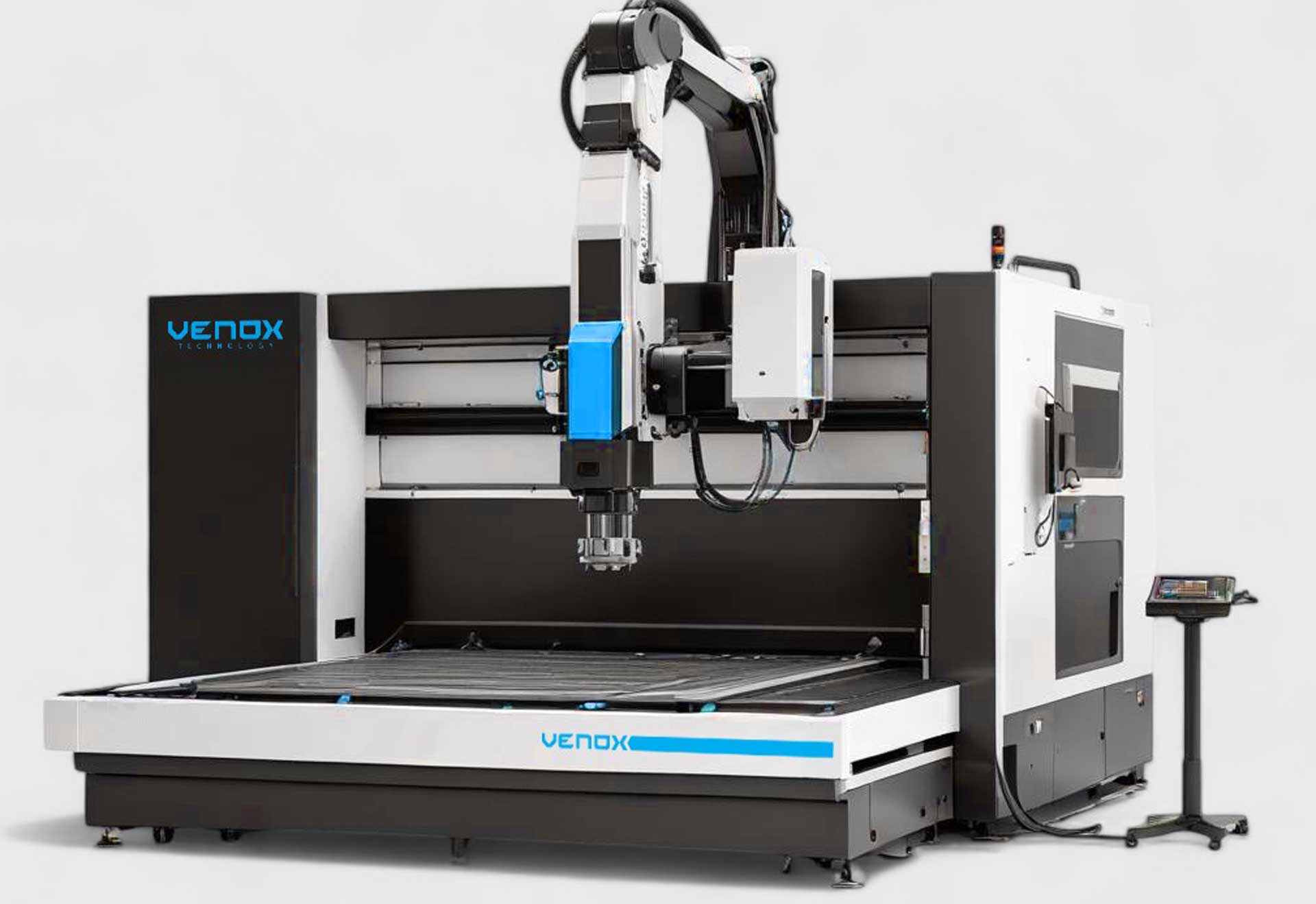Glass Laser Cutting: Points to Consider
Glass materials are widely used in many fields, from architecture to decoration, from automotive to the electronics industry, due to their delicate structure and aesthetic appearance. One of the most effective methods for shaping this fragile material is laser cutting technology. However, glass laser cutting requires more care and expertise compared to other materials. In this article, we will discuss in detail the key points to consider when performing glass laser cutting.
The Role of Laser Cutting Technology in Glass Applications
Cutting glass with lasers is a process that is less risky, more precise, and more efficient than traditional methods. Laser Cutting Systems perform the cutting process by heating the glass surface with a focused beam of light and then breaking it in a controlled manner. This process offers the advantages of minimal waste, high precision, and mass production capability.
Key Factors to Consider in Glass Laser Cutting
1. Determining the Type of Glass
Different types of glass behave differently when interacting with lasers. Varieties such as tempered glass, borosilicate glass, quartz glass, or flat glass require different energy densities, frequencies, and cooling strategies. Especially tempered glass cannot be directly cut with a laser because sudden temperature changes can cause cracks.
2. Proper Adjustment of Laser Parameters
Laser power, focal length, cutting speed, and frequency must be optimized according to the thickness and type of glass. In precise systems such as Laser Marking Systems, these settings should be determined to prevent the material from burning or cracking.
3. Proper Cooling and Air-Blowing Systems
The heat generated during glass cutting can affect the cutting quality. Therefore, air-blowing or water-cooling systems are used to keep the area where the laser is applied cool. Insufficient cooling can create thermal stress in the cut areas, leading to cracks.
4. Accuracy of Laser Focusing
The focal point of the laser beam must be properly aligned with the glass surface. Incorrect focusing can cause deviations in the cutting lines, uneven edge structure, and quality loss. For this reason, advanced systems such as laser cutting and marking machines minimize this issue with automatic focusing features.
5. Safety Precautions
The high heat, fumes, and microparticles generated during laser cutting can pose a threat to operator health. Therefore, enclosed systems should always be preferred in glass laser cutting processes, and proper ventilation should be ensured. It is also mandatory for operators to use protective equipment such as goggles.
6. Sample Testing and Calibration
Before working with a new type of glass, sample tests must be conducted, and system calibration must be completed. This allows observing the glass’s reaction and determining the most suitable cutting parameters. Companies offering custom solutions can also provide application consultancy during this process.
7. Edge Quality and Post-Processing Cleaning
The edges of laser-cut glass must be smooth and crack-free. However, in some types of glass, microscopic cracks may form after laser cutting. Polishing or washing may be necessary to eliminate these cracks. Cleaning the particles remaining on the glass surface after cutting is important for the final quality of the product.
8. Machine Quality and Software Compatibility
The quality of the laser cutting machine used directly affects the precision of the cut. Venox Teknoloji’s laser marking machines provide maximum accuracy and repeatability thanks to advanced control systems and software compatibility. In addition, their full compatibility with CAM/CAD software enables digital optimization of production processes.
9. Production Environment Conditions
Environmental factors such as temperature, humidity, and dust level in the environment where glass laser cutting is performed can affect cutting quality. Especially in environments containing microparticles, deviations can occur at the laser focal point. Therefore, a controlled and clean production environment is required.
10. Trained Personnel and Continuous Monitoring
For glass laser cutting operations to be carried out efficiently and smoothly, operators must have received technical training. In addition, regular maintenance of machines, lens cleaning, and software updates must be performed. Venox Teknoloji also provides high-performance training and technical support services to its users.
Superior Performance in Glass Laser Cutting with Venox Teknoloji
Venox Teknoloji makes glass processing processes safer, faster, and more precise with the advanced technologies it offers in the field of laser cutting systems. Thanks to the custom solutions developed by the company, production processes tailored to businesses of all sizes can be designed. Integrated systems are offered for both low-volume workshops and high-capacity industrial enterprises.
Application Consulting and Sample Cutting Service
Venox, with its experienced engineers in glass laser cutting applications, performs free sample cutting tests, system recommendations, and production line-specific analyses. This allows customers to make decisions based on clear data and reports before making an investment.
The Right Address for Investment: Venox Teknoloji
For companies that do not want to compromise on quality, speed, and safety in the glass laser cutting process, Venox Teknoloji’s laser cutting and marking machines make a difference with advanced engineering solutions. For more information about the products or for custom solutions, you can visit www.venox.com.






